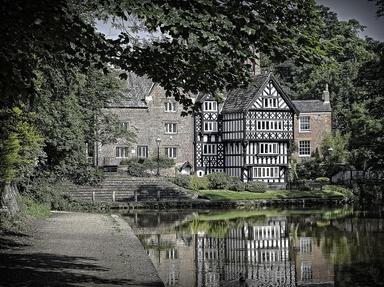Quiz Answer Key and Fun Facts
1. One of her first proposals came from her deceased sister's not-so-grieving husband. Over what country did Philip II rule?
2. When Elizabeth succeeded to the throne, Erik XIV of Sweden decided to enter into marriage negotiations with her (against his father's wishes). Over several years, what did he continually send her to try to woo her?
3. Elizabeth and Robert Dudley, 1st Earl of Leicester, were friends most of their lives, and many thought he would be the man to capture her hand in marriage. The only problem was, that by the time he proposed, he was under suspicion of murder. Who was he rumored to have killed?
4. Charles II, Archduke of Austria, tried for years to negotiate a marriage with Elizabeth. True or False: He had also been an unsuccessful suitor to Mary I, Elizabeth's half sister.
5. In 1558, Queen Elizabeth I was unmarried and 25 years old. Henry Fitzalan, Earl of Arundel, began to court her seriously. However, she was dismayed at his advanced age. How much older than Elizabeth was he at this time?
6. William Pickering was described as "the finest gentleman of his age, for his worth in learning, arts, and warfare". He was a suitor of Elizabeth I. What was his occupation?
7. Before she was queen, Elizabeth was implicated in a potential plot to overthrow her sister. This also involved Edward Courtenay, Earl of Devon, who was courting her and hoping to be her eventual consort. What was the name of this 1554 plot?
8. Thomas Seymour was the brother of Elizabeth's stepmother Jane and the husband of another stepmother, Katherine Parr. True or False: Seymour was known as being a wise stepfather to Elizabeth and a loyal subject to the crown.
9. One of the last serious suitors of Queen Elizabeth I, and one who visited her personally, was Francis, Duke of Anjou. Elizabeth had a special animal nickname for him. What was it?
10. Robert Devereux, Earl of Essex, was the stepson of Elizabeth's favorite suitor, Robert Dudley. In her late sixties, Queen Elizabeth very much liked his attention and courting. He made a fatal error, however, when he tried to put who on the throne in 1600?
Source: Author
stephgm67
This quiz was reviewed by FunTrivia editor
ponycargirl before going online.
Any errors found in FunTrivia content are routinely corrected through our feedback system.
